What and how to feed onions in July?
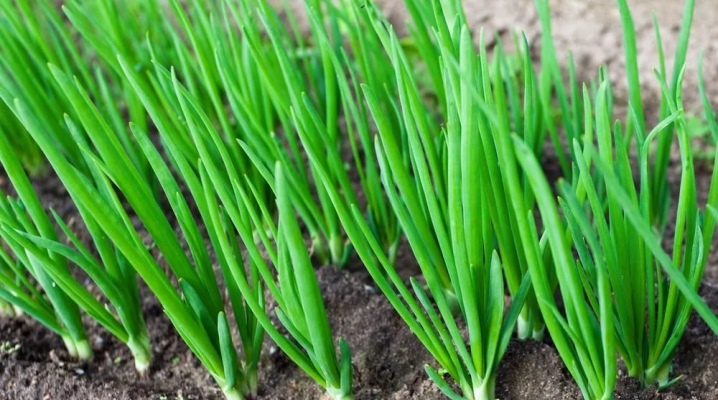
To get large bulbs, you must first grow a set from seeds, and plant it the next year. However, this is not the only requirement for a decent harvest. Onions, like other vegetables, should be fed. The amount and type of fertilizer applied depends on the stage of development of the vegetable and the season. In this article, we will describe how and how to feed onions in July.
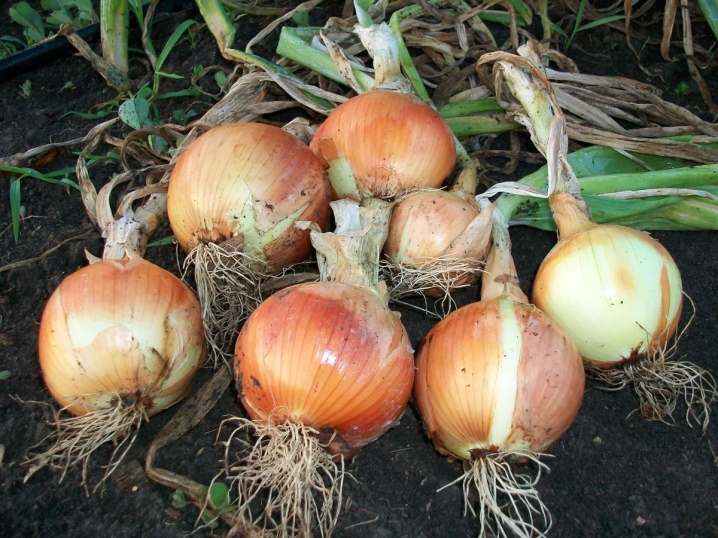
How to feed with special drugs?
Subject to agrotechnical rules (correct planting of sevka and watering), feeding green onions is usually not carried out. The bulb has everything you need for rapid development. In case of slow feather growth, the plant can be fed. 15 ml of liquid fertilizer "Ideal" must be diluted in a bucket of water, then poured into every 1 sq. m. 3 liters of mixture.
If the goal is precisely a good collection of onion heads, then within 2.5 months after planting (May, June and the first two weeks of July), the plant is watered every 7 days in May and every 8-10 days in the listed summer months.
In early July, when the bulb will resemble a walnut in size, superphosphate is fed. Two tablespoons of fertilizer are added to a bucket of warm water, poured into 5 liters per 1 sq. m.
After the formation of dense foliage, the onion begins to wilt rather quickly. This means that the growth of the bulb in the ground is coming to an end, then watering and feeding are useless.
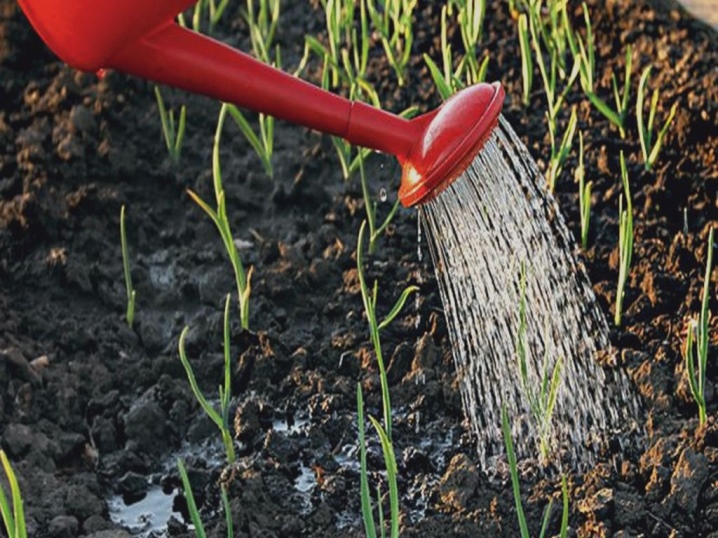
Folk remedies
Feeding onions in July can be done while keeping in mind the traditional folk experience. Inexpensive and affordable means are used for the active growth of greens, as well as for growing on a turnip. They are effective in the fight against diseases and pests of onions.
Ammonia
The substance contains nitrogen in its composition, which is necessary for onions planted on the head. It is used for protection against pests and as a top dressing.
3 tablespoons of ammonia are diluted in 10 liters of warm water, and 5 liters are carefully watered with this composition at the root. The strong smell will scare off the onion fly and the lurker.
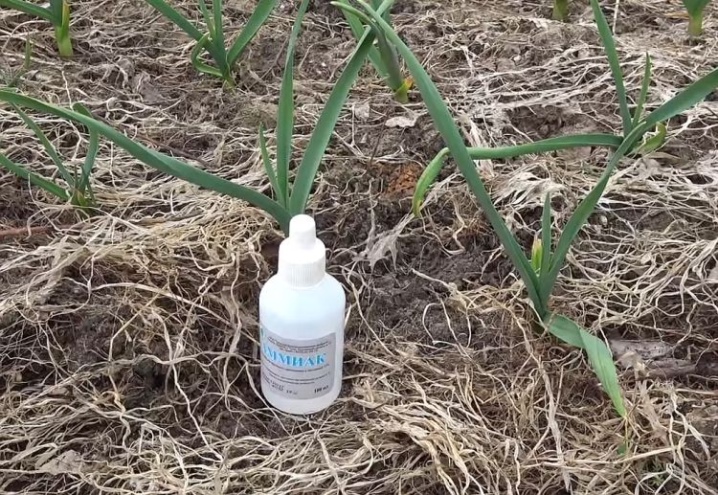
Yeast
This is the old "old-fashioned" method of feeding onions with feathers. Using yeast as fertilizer allows you to get greens without chemicals.
Benefits of yeast feeding:
- saturate the soil with oxygen, nitrogen, phosphorus;
- due to saturation with useful microelements, the root system develops, as a result, the yield of green mass increases;
- the plant acquires resistance to diseases.
Yeast works at temperatures from 20 degrees. Therefore, it is advisable to carry out such top dressing in June - July, when the soil is warm.
Of course, yeast is not used in its pure form, but is combined with other ingredients. Both dry and live yeast are used to prepare the nutrient solution.
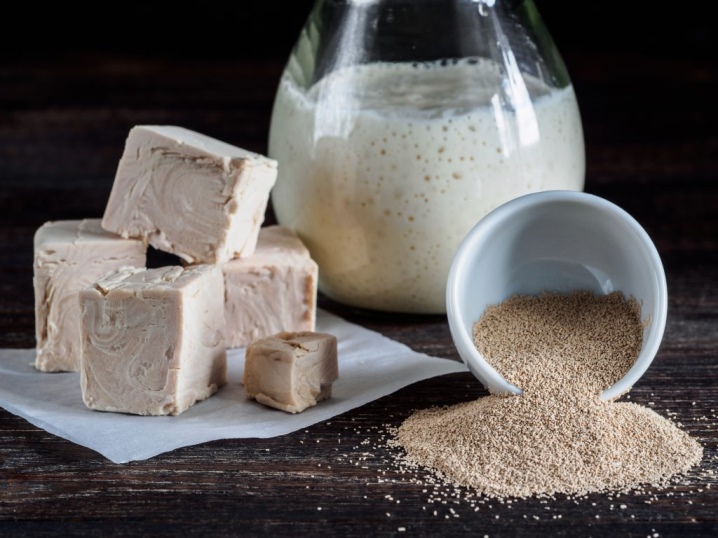
Recipe 1
A bag of dry yeast (10 g) is dissolved in a bucket of warm water and 35 g of sugar is added to speed up fermentation. Insist for 4 hours, then dilute with water at the rate of 1 part of the solution plus 5 parts of water - and water the plants.
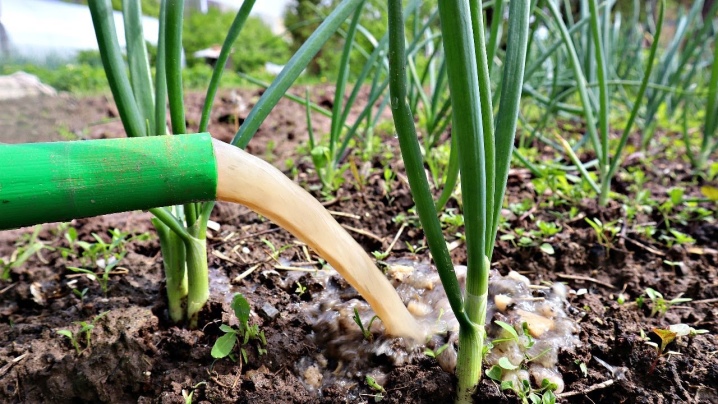
Recipe 2
Put chopped nettle, cut grass in a barrel, leave for a week, stirring occasionally. Then add a pound of live yeast and the same amount of crumb of black bread, insist for two more days and water with a composition diluted according to the scheme: 1 liter of sourdough per bucket of water.
The use of yeast increases the acidity of the soil, so wood ash and crushed eggshells must be added to the mixture.
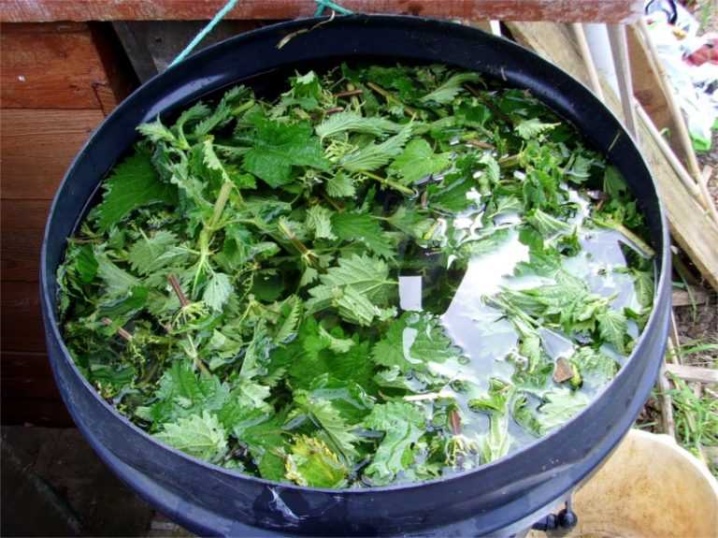
Ash
This unique natural remedy contains about 35 trace elements in its composition, the main components are potassium and phosphorus. Ash is used as a top dressing when greens turn yellow and feathers are curled, as well as in the case of pest and onion diseases control. It can be either added to solutions or dry sprayed over plants.
Recipe for using a repellant:
- for 200 g of ash, take 1 teaspoon of tobacco dust and ground pepper;
- spray on 1 sq. m .;
- after the procedure, the soil must be loosened to a depth of 2-3 cm.
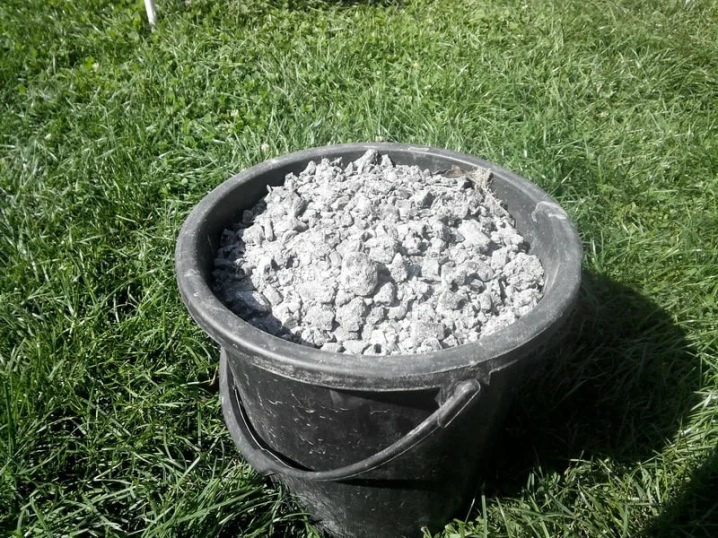
Mullein
Cow dung is used in agricultural technology to increase the productivity of crops grown, as well as to protect them from diseases. Fresh manure is rarely used as fertilizer - it is much more efficient to cook mullein.
Method of preparation: you need to take 1 part of manure and 5 parts of water, mix in a large container, close the lid tightly and leave for about two weeks. Mix the composition every day. The finished fertilizer will be noticeably lighter.
Before use, the composition must be diluted in a ratio of 1 to 10. For effectiveness, you can add 500 g of wood ash and 3 tablespoons of superphosphate.
The resulting top dressing is used at the rate of 2-3 liters per 1 sq. m. landings with a weak growth of the feather.
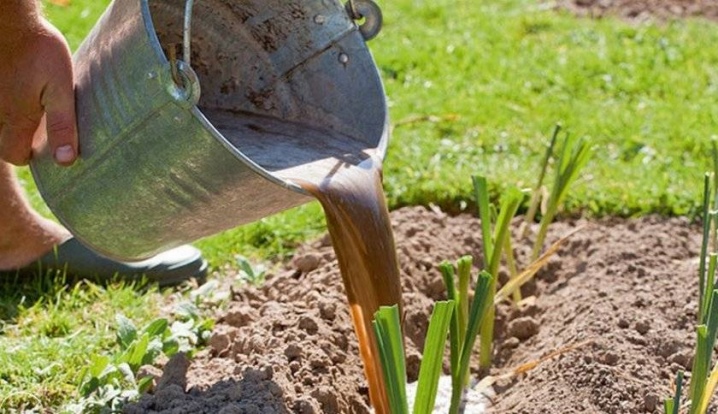
Laundry soap
To protect the crop from onion flies, you can use an old remedy that contains laundry soap.
200 g of ordinary laundry soap is grated for quick dissolution and added to 10 liters of warm water. Onions are treated with soapy water in dry and calm weather. The treatment is carried out either with a sprayer or with an ordinary broom, spraying the composition in the area with plantings. The longer the solution stays on the plant, the more effective the pest control process. Instead of laundry soap, you can use tar soap. The method of preparation and use is no different from that described.
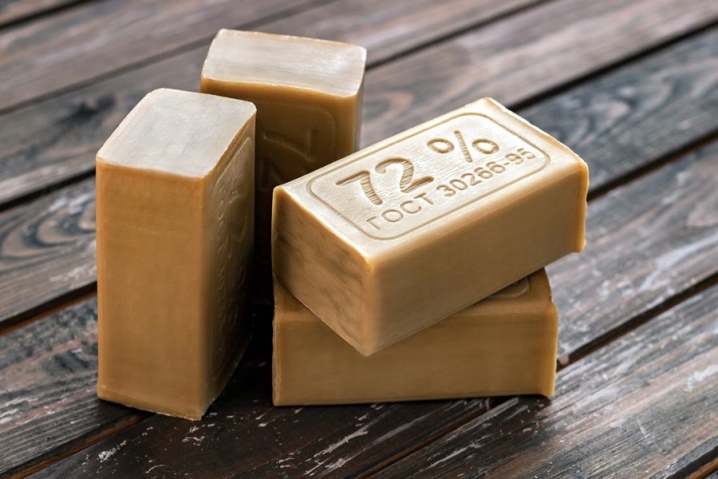
Tobacco dust
To get rid of onion flies, tobacco or makhorka is also used. For 3 liters of hot water, take 200 g of tobacco dust or makhorka and insist for 3 days. Add up to 10 liters, pour in a full tablespoon of liquid soap and add 1 teaspoon of any ground pepper.
The solution is filtered and used to control onion fly larvae by spraying the plant and the soil around it.
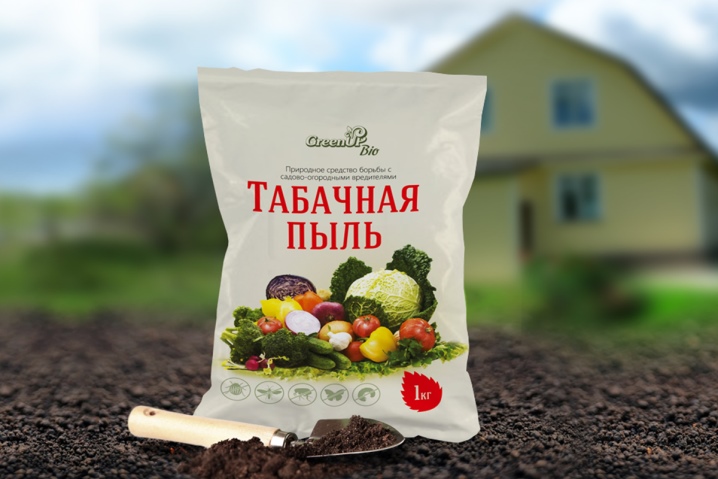
Salt
Salt is often used to control onion flies. 200 g of table salt is diluted in 10 liters of warm water. Disinfection is carried out when the feather reaches 8 cm. When watering, they try not to get on the green part of the plant. Usually in the summer, 1-2 watering is carried out against each generation of the fly.
To combat stem nematode, onion sets, which are planted on greens in July, are dipped in a solution of table salt (1/3 cup of salt per 5 liters of water) for 20 minutes before planting. The same method of disinfecting planting material is used in spring for growing onions for feathers and turnips.
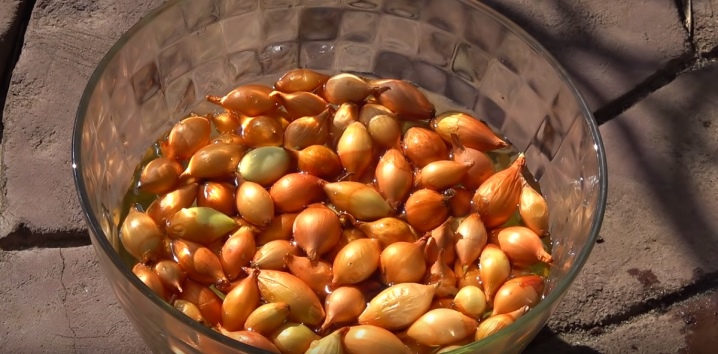
Mustard powder
Onion weevil larvae damage the plant by gnawing longitudinal whitish passages in the pulp of the leaves. In the last days of July, the larvae turn into black beetles about 2–3 mm long. They feed on the green parts of the onion, making holes of different sizes in them.
Control method: loosening row spacings with the addition of dry mustard powder, ground pepper. Dusting with mustard is also effective before loosening the soil and plants.
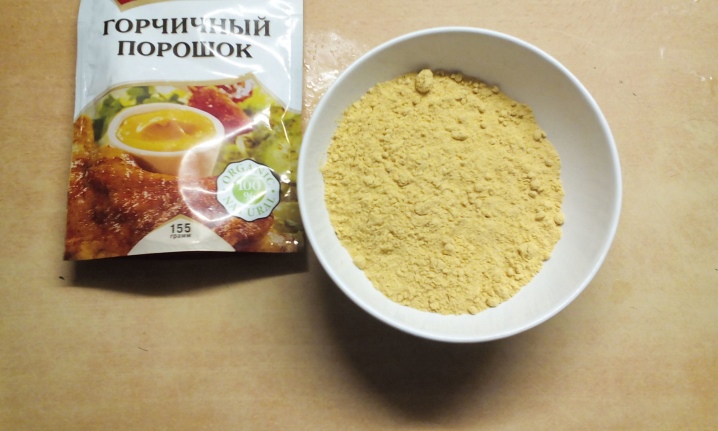
Feeding Tips
At the beginning of July, the bulbs are actively increasing, therefore, to form a dense and large head, it is necessary to feed the onion.
Recipe 1 (folk remedy)
In 10 liters of boiling water, dilute 250 g of sifted ash, leave for 2-3 days and water the planting.
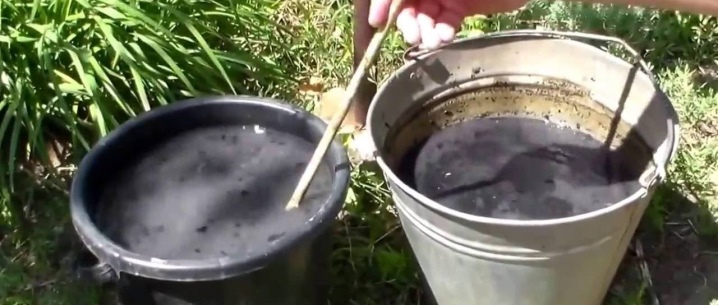
Recipe 2 (quick)
Purchase Effekton-O in a hardware store, dilute 30 ml of the product in 10 liters of warm water.
If the feathers start to turn yellow, then add 1 tablespoon of superphosphate. Water at the rate of 5 liters per 1 sq. m.
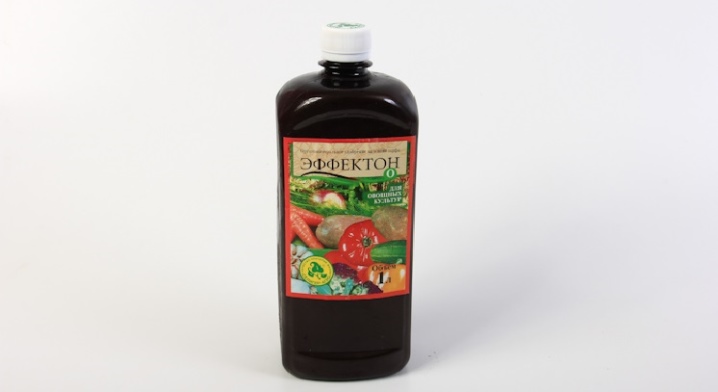
Recipe 3
Take 36 ml of superphosphate and 18 ml of potassium chloride in a bucket of warm water. Pour 5 liters per sq. m.
For the treatment of onions against diseases caused by fungi, including downy mildew, 5 ml of copper sulfate and 18 ml of liquid laundry soap are diluted in 9-10 liters of water and the plant is sprayed on top.
At the end of the growing season, watering of the onion stops. After 18–20 days, it is carefully pulled out of the ground and placed in an open, sunny place to dry. After that, the bulbs are powdered with chalk and stored.
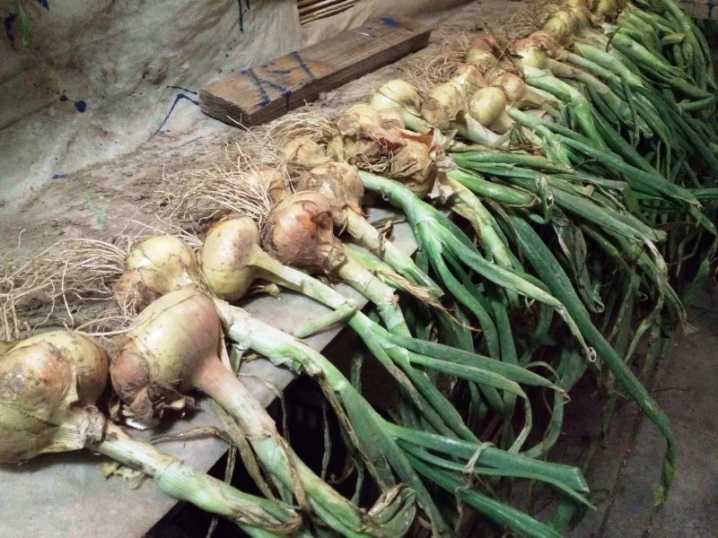
See the next video for feeding onions.













The comment was sent successfully.